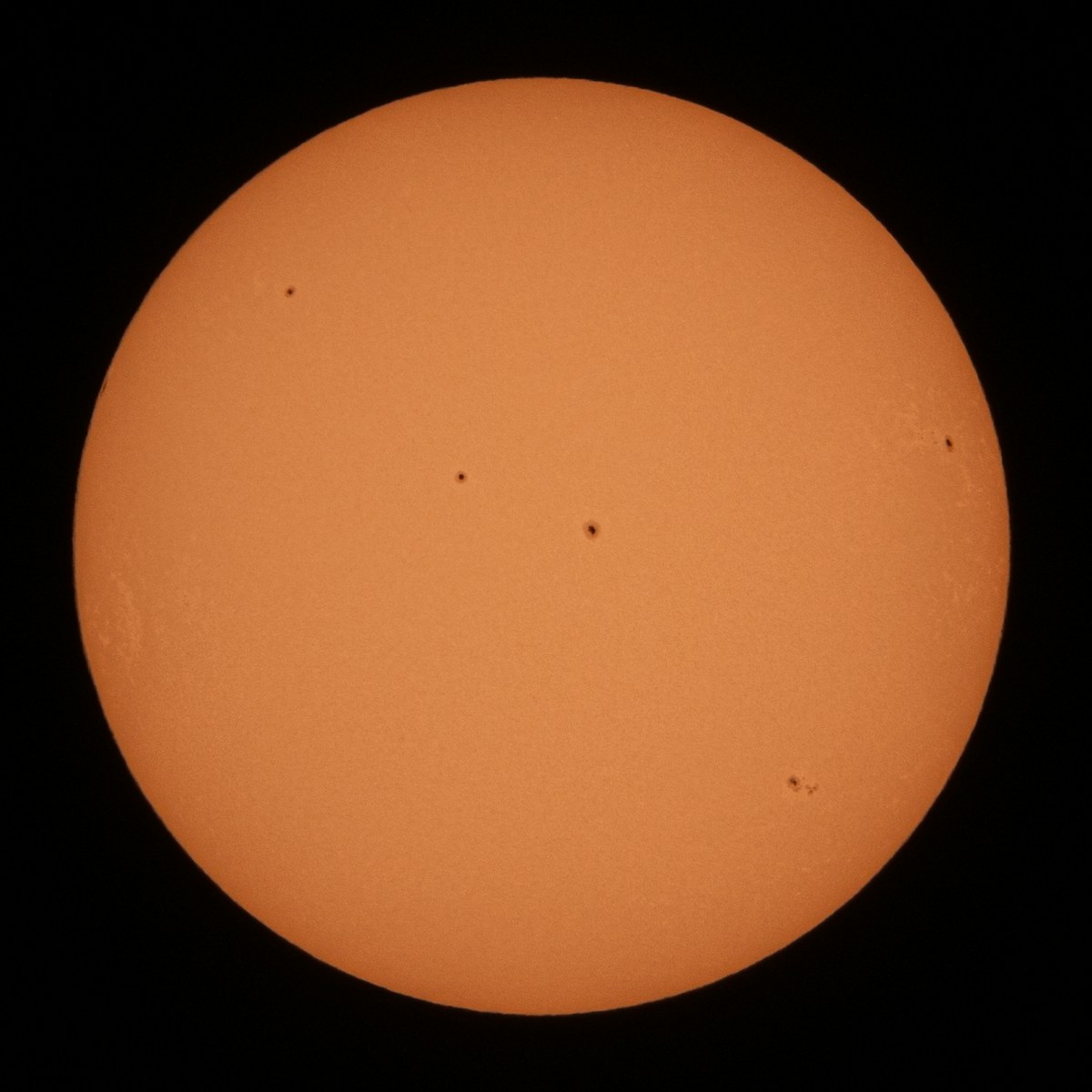Key Takeaways:
– Sunspots, dark regions in the sun, are loaded with magnetic fields thousands of times stronger than Earth’s.
– Sunspots re-emerged around 1715 after mysteriously vanishing for a 70-year period, coming and going according to an 11-year cycle known as the solar cycle.
– Richard Carrington, an amateur astronomer, noted in 1859 that sunspots could turn from darkness to an intense light, creating solar flares.
– The relationship between the sun and the Earth is fundamentally based on magnetism.
– If large magnetic storms discharged by sunspots reach Earth, they can cause auroral storms.
The Cosmic Dance of Sun and Earth
From ancient times, the sun has been revered as the mighty giver of light and heat, the ignitor of life. It coaxes plants from the earth, heralding spring, and engendering bounteous harvests. Simultaneously, humanity discovered that our Earth had peculiar properties, inspiring the invention of compasses.
Understanding Magnetism
Centuries ago, the concept of Earth’s magnetism emerged from China and spread, leading to the creation of the western compass. In 1600, William Gilbert, personal physician to Queen Elizabeth I, revolutionized this understanding by describing the entire Earth as one giant magnet.
Inside Sunspots
Advancements in 20th-century telescope technology facilitated insights into the sun. American astrophysicist George Ellery Hale, using polarized light, identified certain regions of the sun as intensely magnetic – dark regions termed sunspots. These are areas where seismic magnetic fields are thousands of times stronger than Earth’s fields, concentration zones of immense solar power.
Galileo’s Findings
Galileo, in the 17th century, using his newly developed telescope, realized that these sunspots were not fixed. They changed in size over time and helped determine the sun’s rotation. However, an understanding of how these sunspots connect with Earth’s magnetic field was yet to be realized.
Mysteries of Sunspots
Astronomers’ fascination with sunspots gained momentum during the mid-17th century, thanks to improved telescopes. Despite the sudden disappearance of sunspots for a mysterious 70-year phase known as the Maunder minimum, they reappeared around 1715, following a roughly 11-year cycle.
Sunspots, Magnetism, and Auroras
Sunspots are essentially magnetic energy containers. They are cooler and darker than the nearby sun surface, famously called the photosphere. This stored magnetic energy can be discharged and, under suitable conditions, can create gigantic solar flares.
A peculiar event in 1859, known as the Carrington Event, highlighted an explosive solar flare which resulted in an enormous magnetic and auroral storm. Disruptions were reported in the technology of the time, notably telegraph systems becoming dysfunctional or even catching fire.
Post this event, around 50 years later, Hale’s discovery of solar magnetism established our modern understanding of the solar-terrestrial relationship. Sunspots can shoot massive clouds of gas into space, causing auroral storms on Earth when striking in a particular magnetic direction.
Solar Magnetism Impacting Earth
The magnetism of active regions around a sunspot can create a gas cloud that reaches Earth, causing disruptions if the magnetic direction is opposite to that discovered by Gilbert in 1600. Thus, Earth’s night side, not the side facing the sun, stores this energy, resulting in the mesmerizing phenomenon of auroras.
In Conclusion
Today, we are at or near a peak in sunspot numbers, raising the possibility of large magnetic storms, possibly for a few more years. The beauty and danger of these events continue to captivate us. The sun’s mystical magnetism – through sunspots and solar flares – continuously impacts our Earth, showcasing the interlinking ballet of the universe.

